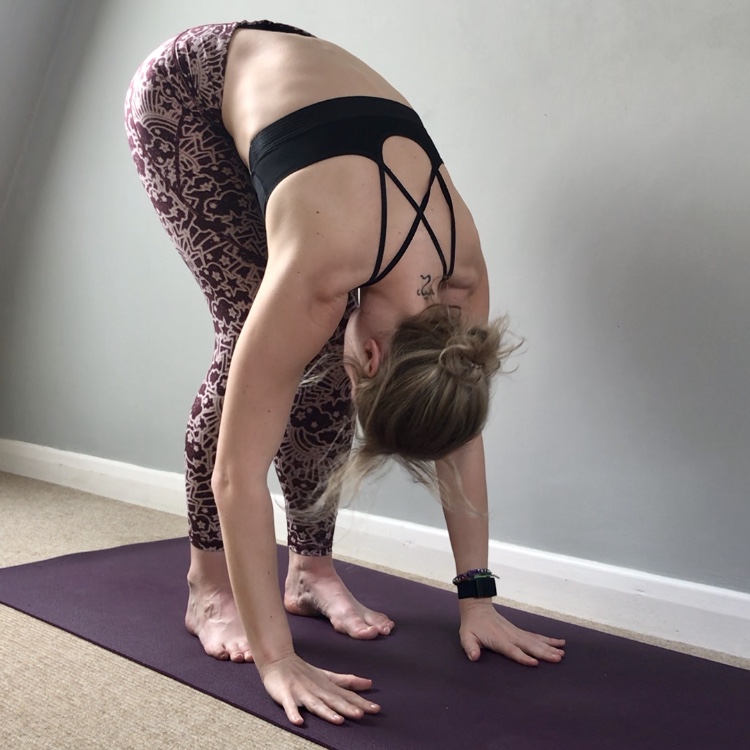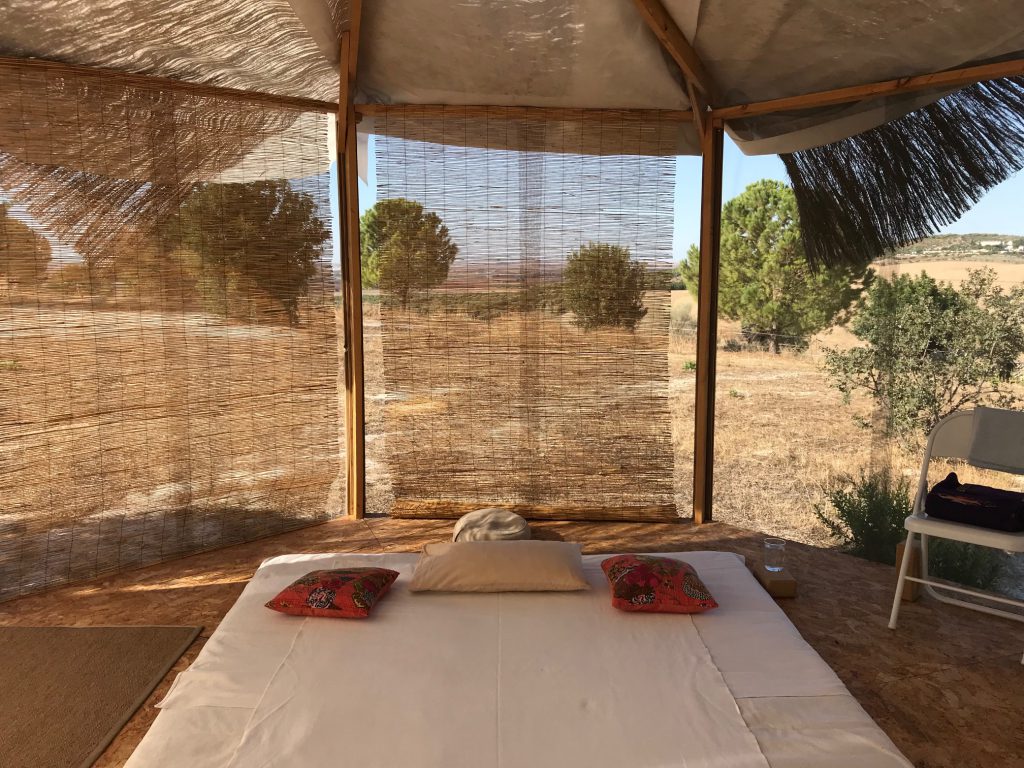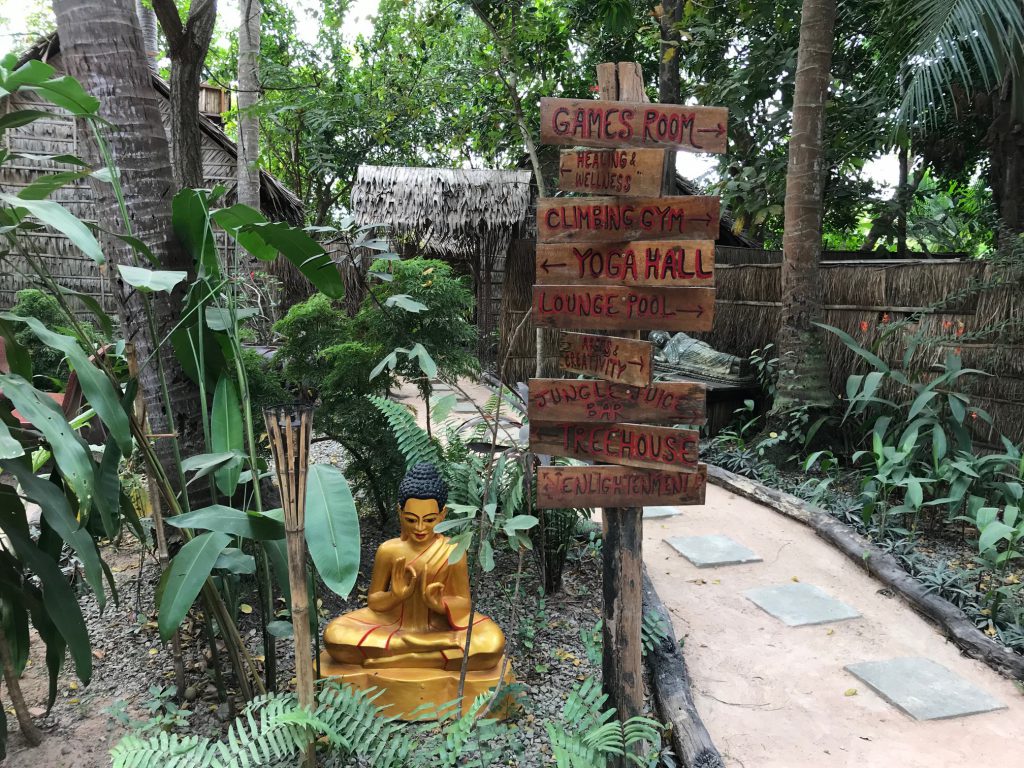As someone who has made Beeston their home, I’m always happy to see lovely new places opening up locally – restaurants, cafes, shops and most recently, a beautiful new pilates reformer studio – Elevated Pilates.
I’ve been reformer-curious for a while, but never enough so to make the effort to get myself to a class. But with a studio opening up on my doorstep, I got myself along to a class and I’m already hooked.
Here’s what to expect from a class at Elevated Pilates in Beeston, based on my own experience…

It’s beginner-friendly.
Despite the straps and springs, it’s much less scary than it looks. I started with the Core Principles class, which is an ideal one for beginners. It guides you in how to build a foundation of strength and movement with simple but powerful exercises, and this helps you to get to grips with the reformer carriage. Sarah was my teacher for the first class, and her approach was super-inclusive and accessible.
It’s surprisingly mindful.
I’ll admit, because yoga is such a mindful practice, I didn’t expect to get the same centering, calming benefits from something that’s not… well, yoga. But what surprised me about the first class was how immersive it was. The motto seems to be “control the carriage” and it’s a useful one, because the moment you lose focus and either under or over-power your movement, the carriage lets you know by springing back with a bit of clunk! It’s a compelling reminder to keep your mind focused on what you’re doing…
It helps you build strength, in different ways.
This was a big one for me. I’ve been strength training a lot recently, so I wasn’t sure whether I would feel much after a reformer class. I definitely did. There were a couple of main aspects to this:
- Strength in range of motion. In teaching yoga, I talk a lot about building strength in your whole range of motion – building endless flexibility without the stability to support it is a bad idea for everyone, but especially for folks who have a tendency towards hypermobility (which is often those of us who are drawn to yoga!). But there are quite a few movements on the reformer where you’re moving into your full range of motion – for example doing leg circles with legs in straps (my favourite). You’re working into and building your hamstring and hip mobility, but you also need to maintain muscle engagement because you’re working against the resistance of the springs. So it’s fantastic for releasing tight muscles while maintaining stability.
- Core. I knew Pilates is good for core strength, but on the reformer, it’s a level up! 18 months ago, I had a caesarean section and I’ve done a lot of work since to help my core recover and rebuild the mind-body connection – not easy with muscles that were first stretched through pregnancy, then cut. I wish I’d found reformer sooner. Everything on the carriage comes back to core strengthening – when you’re working legs you’re also engaging your core, in working shoulders, you need to stabilise through your abdominal muscles. I come out of every session feeling stronger and more connected to my core.
- Identifying weak spots. This has been another surprise, but much like yoga, reformer pilates is very good for highlighting your weaknesses, and making you work on them. For me, it was feet and lower legs – I’ve not got the strongest ankles and I know this can be a weakness in my running. During my first class, I could really feel the engagement and work through my feet and ankles. It’s been great for helping me to work this area in a way that I’m clearly not naturally doing at the gym.

It’s a lot of fun.
In case it’s not obvious, I’ve really enjoyed the classes. After years of struggling to find a perfect space to teach yoga locally (super grateful for the students who have stuck with me through rooms that are too hot, too cold or have horrible fluorescent lights – you are amazing!), it’s so lovely to be in a space designed specifically for the classes – it’s a beautiful, welcoming place.
As someone who works on my own for most of the day (and also works out alone, does yoga alone and runs alone – are you sensing a pattern?!) I’ve really enjoyed joining classes, being taught by a great teacher and making connections with other students.
But most of all, I find the classes themselves fun. Moving on the carriage feels playful and it’s so good to experiment with moving in a different way.
If you’re tempted, I highly recommend you give the classes a try. Let me know how you get on!














 I’ve had quite a few people lately ask me about how I meditate, and although I’ve written before about the
I’ve had quite a few people lately ask me about how I meditate, and although I’ve written before about the


 In January 2014, I moved to Birmingham. It was a scary decision for me. I knew no-one there, I was starting a new job, and I was moving into a house full of people I didn’t know. But instead of making my usual New Year’s resolutions that year, I started a couple of things that helped me beyond measure. Firstly, I decided to have more fun. I’d spent the first half of my twenties being hard-working and successful, but incredibly unhappy. So that was it – my aim for 2014 was just to have more fun. I prioritised immediate happiness.
In January 2014, I moved to Birmingham. It was a scary decision for me. I knew no-one there, I was starting a new job, and I was moving into a house full of people I didn’t know. But instead of making my usual New Year’s resolutions that year, I started a couple of things that helped me beyond measure. Firstly, I decided to have more fun. I’d spent the first half of my twenties being hard-working and successful, but incredibly unhappy. So that was it – my aim for 2014 was just to have more fun. I prioritised immediate happiness.